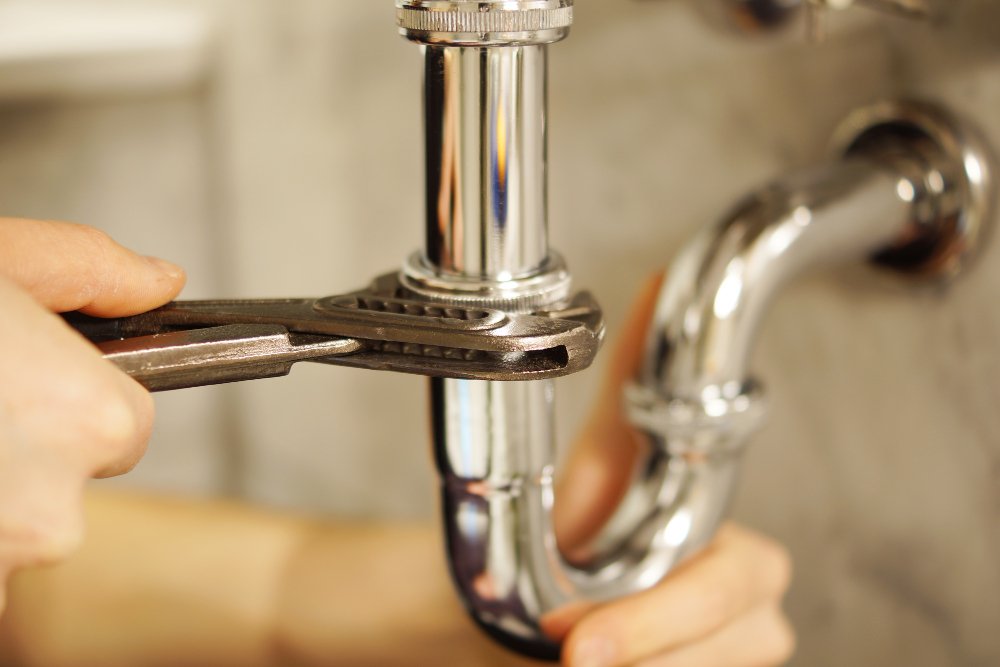Hydraulic hose leaks can cause significant disruptions in machinery performance and pose safety risks in various industries. Whether you’re managing a construction site, a manufacturing facility, or a fleet of vehicles, identifying and fixing hydraulic hose leaks efficiently is crucial to maintaining smooth operations. This guide provides expert advice on how to identify and repair hydraulic hose leaks effectively, ensuring minimal downtime and optimal performance.
1. Introduction to Hydraulic Hose Leaks
Hydraulic systems play a crucial role in powering a variety of machinery, and the hoses in these systems are responsible for delivering high-pressure fluids. When these hoses leak, it can cause a loss of pressure, system malfunctions, and even damage to other components. Identifying a hydraulic pipe leak early can help prevent further damage and ensure the smooth running of equipment.
Leaks often occur at hydraulic hose fittings or along the hose itself. These leaks may be caused by wear and tear, improper installation, or environmental factors like temperature changes or vibrations. Repairing hydraulic hose leaks promptly is essential for safety, efficiency, and cost savings.
2. Understanding Hydraulic Pipe Leaks
Hydraulic pipe leaks are not always immediately obvious, and understanding their common causes can help with early detection. Common causes include:
- Corrosion: Over time, pipes can corrode due to moisture, chemicals, or the nature of the fluid being transported.
- Physical Damage: Accidental impacts or excessive bending of pipes can create cracks or holes, leading to leaks.
- Loose Connections: A poorly tightened connection or fittings can cause hydraulic pipe leaks, particularly in areas where high pressure is involved.
If you notice fluid pooling around your equipment or hear a hissing sound, it’s time to inspect the system for hydraulic pipe leak signs.
Also Read: 8 Ways to Identify Early Signs of Hydraulic System Failure
3. How to Identify Hydraulic Hose Leaking at Fitting
One of the most common places for hydraulic hoses to leak is at the fittings. A hydraulic hose leaking at fitting often happens due to:
- Loose Fittings: If the fittings are not tightened correctly, hydraulic fluid may escape.
- Damaged Seals: Over time, the seals in fittings can wear out, creating gaps where fluid can leak.
- Improper Installation: Incorrect alignment or poor installation practices can cause misalignment, resulting in a leak.
Steps to Identify a Hydraulic Hose Leaking at Fitting:
- Visual Inspection: Look for signs of moisture around the fittings, which indicate the presence of hydraulic fluid. Pay attention to areas where hoses meet the fittings, as these are common leak points.
- Pressure Test: Use a pressure gauge to check if the system is losing pressure. If the pressure is below normal, this can point to a fitting leak.
- Sound Check: Leaks often produce a hissing sound when fluid escapes. A careful listening test can help locate the exact leak.
- Feel the Hose: Run your hands along the hose and fittings. If they feel wet or sticky, you’re likely dealing with a hydraulic hose leak.
If you notice any of these signs, it’s important to act quickly. Small leaks can quickly turn into bigger problems, compromising the entire system’s integrity.
4. Fixing Leaking Hydraulic Fittings
Once you’ve identified the leak, fixing it is the next step. Here’s a guide on fixing leaking hydraulic fittings effectively:
Step 1: Turn Off the Equipment Before attempting any repairs, ensure that the equipment is turned off, and the system’s pressure is relieved. This is crucial for safety and to avoid injury.
Step 2: Tighten Loose Fittings If the leak is due to loose hydraulic fittings, tightening them with a proper wrench can often fix the issue. Be careful not to overtighten, as this could cause damage to the fitting or hose.
Step 3: Replace Damaged Seals If the leak persists after tightening, check the seal within the fitting. If the seal is worn out, it will need to be replaced. Use the manufacturer’s recommended replacement seals to ensure a proper fit.
Step 4: Inspect the Hose for Damage If tightening the fitting and replacing seals doesn’t resolve the leak, inspect the hose itself. If the hose is cracked, frayed, or excessively worn, it will need to be replaced. Use high-quality replacement hoses and fittings to ensure durability.
Step 5: Perform a Final Check Once the repair is complete, perform another pressure test and inspect the fittings for any signs of leakage. If everything is secure, the issue should be resolved.
Recommended Reading: 7 Reasons Why Steel Hydraulic Tubing is the Best Choice for High-Pressure Systems
5. Preventive Measures for Hydraulic Hose Leaks
Preventing hydraulic hose leaks is much more cost-effective than constantly repairing them. Implementing proper maintenance practices and using high-quality components can help extend the life of your hydraulic systems.
Here are some tips for preventing hydraulic hose leaks:
- Regular Inspections: Inspect hoses and fittings regularly for signs of wear, damage, or leaks. Catching problems early is key to avoiding costly repairs.
- Proper Installation: Ensure that hoses and fittings are installed according to the manufacturer’s guidelines. Improper installation is one of the main causes of leaks.
- Use High-Quality Components: Always use high-quality hydraulic hoses, fittings, and seals. Inferior components are more prone to failure.
- Monitor System Pressure: Consistently monitor the pressure in your hydraulic system to ensure it’s operating within safe limits. Excessive pressure can cause hose fittings to loosen or seals to fail.
- Protect from External Factors: Protect hoses and fittings from external damage such as abrasions, exposure to chemicals, and excessive bending.
Identifying and fixing hydraulic hose leaks effectively is essential for ensuring the longevity and efficiency of your equipment. Whether you’re dealing with a hydraulic fitting leak, a hydraulic pipe leak, or a hydraulic hose leaking at fitting, taking immediate action can prevent costly repairs and downtime.
Regular maintenance and inspections, along with using high-quality components, are key to preventing leaks from happening in the first place. By following the steps outlined in this guide, you’ll be able to identify and fix leaks quickly, keeping your hydraulic systems in top working condition.



